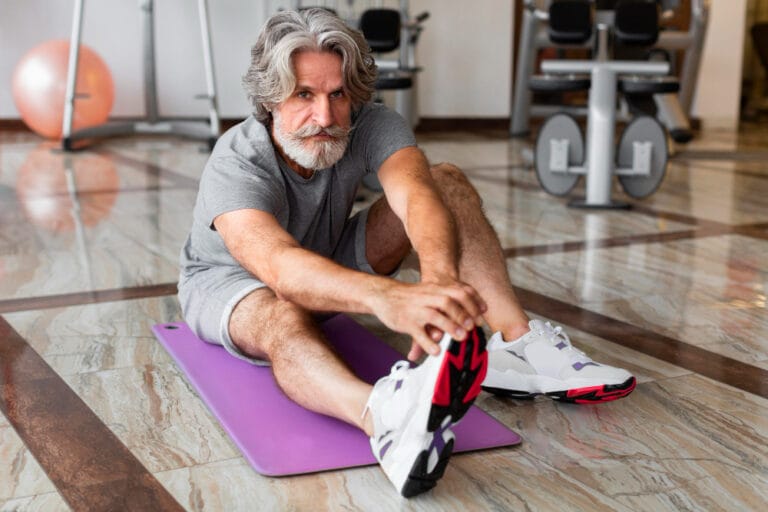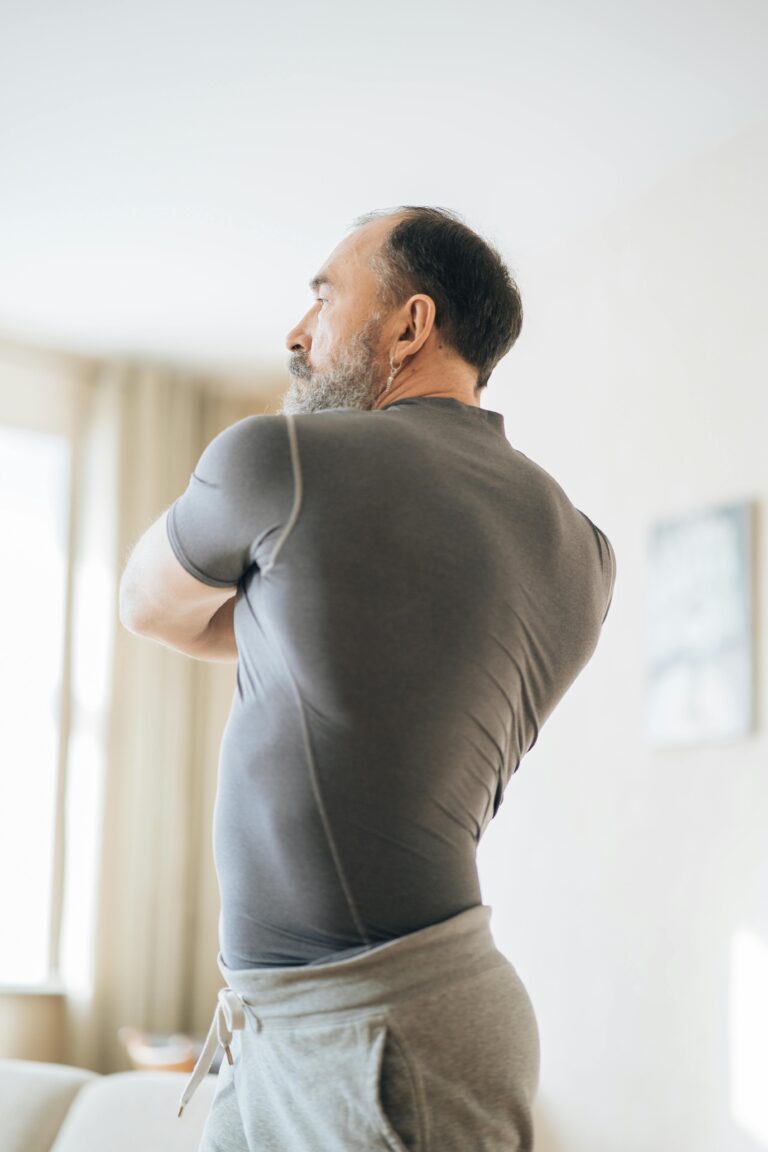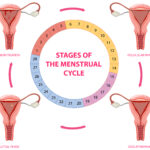FREE SHIPPING OVER $50
This Gym Machine Is Destroying Your Body (And You’re Probably Using It Wrong)
You hit the gym, right? You’re dedicated. You’re working hard to get stronger, fitter, and healthier. But what if one of the most common machines in the gym, one you might even use regularly, is actually doing more harm than good? What if, despite your best intentions, you’re unwittingly putting your body at risk, slowly but surely contributing to injuries, imbalances, and long-term pain?
It might sound dramatic, but gym machines, while seemingly straightforward, are often misused in ways that can lead to significant problems down the road. And there’s one particular culprit that stands out. It’s almost always occupied, seemingly innocent, and yet, in the hands of the vast majority of users, it becomes a silent destroyer of joints and a generator of muscle imbalances.
We’re talking about the leg extension machine.

Why the Leg Extension Machine is a Problem (The “Destroying Your Body” Part)
The leg extension machine is designed to isolate your quadriceps muscles (the front of your thighs). In theory, this sounds great for building strong quads. However, it does so in a way that many experts argue is unnatural and potentially dangerous for your knee joints.
Drawbacks of the Leg Extension Machine
Here’s the breakdown of why it’s problematic:
- Unnatural Knee Stress: When you extend your leg on this machine, the force is primarily applied through the very end of your lower leg, placing significant shearing forces directly on your patella (kneecap) and the ligaments that stabilize your knee joint. Your knees are designed to handle force when your hip and ankle are also involved, like in a squat or lunge, not in isolation like this.
- Open Chain Movement: The leg extension is an “open chain” exercise. This means your foot is free to move in space, rather than being fixed to the ground (like in a squat, which is a “closed chain” exercise). Open-chain exercises can put more direct, isolated stress on specific joints because there’s less overall muscle stabilization from surrounding areas. For the knee, this can be particularly damaging.
- Creates Muscle Imbalances: The machine only works the quadriceps, specifically the rectus femoris (the outermost quad muscle). It completely neglects the hamstrings and glutes, which are crucial for knee stability, hip power, and overall lower body function.
- Limited Functional Carryover: In real life, when do you ever extend your leg with your knee as the sole pivot point, loaded against resistance, while sitting down? Almost never. Functional movements like walking, running, jumping, and squatting involve coordinated efforts from your entire lower body. The leg extension doesn’t mimic these movements, so its benefits don’t translate well to everyday activities or sports performance.
Why 90% (Or More!) Use It Wrong
Even if the machine itself weren’t ideal, the way most people use it compounds the problem. Here’s where most users go astray:
- Excessive Weight: People often load up too much weight, forcing their knees to absorb excessive stress as they push through the movement. This makes the isolation even more dangerous.
- Full Range of Motion (Overextension): Many users extend their legs to full lockout, hyperextending their knees at the top of the movement. This jams the kneecap and ligaments, increasing wear and tear over time.
- Explosive, Jerking Movements: Instead of controlled, slow repetitions, users often swing their legs up using momentum, placing sudden, jarring forces on the knee joint. This is especially true on the eccentric (lowering) phase.
- Poor Seat Adjustment: If the pivot point of the machine doesn’t align with your knee joint, the force is applied incorrectly, putting even more strain on the knee.
- Lack of Core Engagement: Many sit slumped, letting their core relax. A strong core helps stabilize the entire body, including the pelvis and hips, which indirectly protects the knees.
The Alternatives: How to Build Strong, Functional Quads (Without Destroying Your Body)
Here are some of the best exercises to replace the leg extension:
- Squats (Bodyweight, Goblet, Barbell):
- Why it’s better: Squats are king for a reason. They’re a fundamental human movement that works your entire lower body (quads, hamstrings, glutes) in a closed-chain, functional pattern. They build strength, mobility, and stability.
- How to do it right: Keep your chest up, push your hips back as if sitting in a chair, and aim for your thighs to be parallel to the floor (or as deep as your mobility allows without pain). Ensure your knees track in line with your toes.
- Lunges (Forward, Reverse, Walking):
- Why it’s better: Lunges are fantastic for building unilateral (single-leg) strength, which is crucial for balance, walking, and running. They also engage your glutes and hamstrings more effectively than leg extensions.
- How to do it right: Step forward (or backward) with one leg, lowering your hips until both knees are bent at approximately a 90-degree angle. Ensure your front knee stays over your ankle and your back knee hovers just above the ground. Push off to return to the start.
- Bulgarian Split Squats:
- Why it’s better: This advanced lunge variation elevates one foot, increasing the challenge to your quads, glutes, and hamstrings, while also significantly improving balance and stability.
- How to do it right: Place the top of one foot on a bench or sturdy elevated surface behind you. Perform a lunge, focusing on lowering your hips straight down.
- Step-Ups:
- Why it’s better: This is a highly functional movement that directly mimics climbing stairs or stepping onto a curb. It powerfully works your quads, glutes, and hamstrings while also improving balance.
- How to do it right: Use a sturdy box, bench, or stair. Step up with one foot, driving through your heel, and bring the other foot up to meet it. Step back down slowly.
- Leg Press Machine (Used Correctly):
- Why it’s better: While still a machine, the leg press is a closed-chain movement, meaning your feet are fixed. This distributes the load more evenly across your hip, knee, and ankle joints, making it generally safer than the leg extension.
- How to do it right: Set your feet hip-width apart in the middle of the platform. Control the movement both up and down, never locking out your knees at the top. Ensure your knees track in line with your toes. Avoid letting your lower back lift off the pad.
- Wall Sits:
- Why it’s better: This isometric exercise builds incredible quad endurance and strength without any joint movement, making it very joint-friendly.
- How to do it right: Lean your back against a wall and slide down until your knees are bent at a 90-degree angle, as if sitting in an invisible chair. Hold for time.
- Resistance Band Walks (Lateral & Monster Walks):
- Why it’s better: While not directly targeting quads like extensions, these exercises build crucial strength in your hip abductors and glutes, which are vital for knee stability and preventing imbalances that often lead to knee pain.
- How to do it right: Place a resistance band around your ankles or just above your knees. Take small, controlled steps to the side (lateral walk) or at a 45-degree angle (monster walk), keeping tension on the band.
Beyond the Leg Extension: A Holistic Approach to Leg Strength
The lesson here isn’t just to avoid one machine; it’s to embrace a more holistic and functional approach to your leg training. Think about movements that involve your entire lower body working together, mimicking how you move in daily life and sports.
So, the next time you head to the gym, consider skipping that leg extension machine. Your knees, your body, and your long-term fitness goals will thank you. By making smarter exercise choices, you can truly build a strong, resilient body that serves you well for years to come, without secretly destroying itself in the process.
Related Articles
- 7 Secret Exercises for Bigger, More Defined Muscles—Are You Missing These?
- From Wheelchair to Walking: 7 Exercises That Saved My Joints at 60
- The 7 Workouts Ruining Your Progress (90% of People Do It, Says Physical Therapist)
- This Old-School 20-Rep Squat Routine Is Still the Most Savage Leg Workout Ever
- Build Massive Legs in 30 Minutes—This Routine Hits Quads, Hamstrings, and Calves Hard







